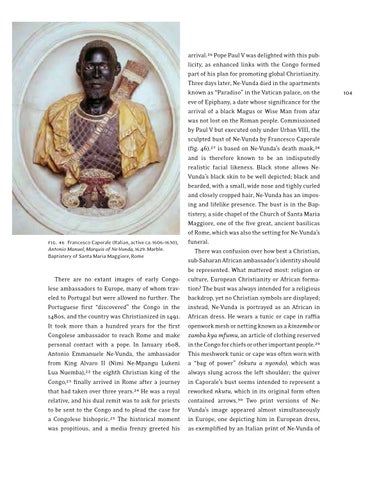fig. 46 Francesco Caporale (Italian, active ca. 1606–1630), Antonio Manuel, Marquis of Ne-Vunda, 1629. Marble. Baptistery of Santa Maria Maggiore, Rome
There are no extant images of early Congolese ambassadors to Europe, many of whom traveled to Portugal but were allowed no further. The Portuguese first “discovered” the Congo in the 1480s, and the country was Christianized in 1491. It took more than a hundred years for the first Congolese ambassador to reach Rome and make personal contact with a pope. In January 1608, Antonio Emmanuele Ne-Vunda, the ambassador from King Alvaro II (Nimi Ne-Mpangu Lukeni Lua Nuemba),22 the eighth Christian king of the Congo,23 finally arrived in Rome after a journey that had taken over three years.24 He was a royal relative, and his dual remit was to ask for priests to be sent to the Congo and to plead the case for a Congolese bishopric.25 The historical moment was propitious, and a media frenzy greeted his
arrival.26 Pope Paul V was delighted with this publicity, as enhanced links with the Congo formed part of his plan for promoting global Christianity. Three days later, Ne-Vunda died in the apartments known as “Paradiso” in the Vatican palace, on the eve of Epiphany, a date whose significance for the arrival of a black Magus or Wise Man from afar was not lost on the Roman people. Commissioned by Paul V but executed only under Urban VIII, the sculpted bust of Ne-Vunda by Francesco Caporale (fig. 46).27 is based on Ne-Vunda’s death mask,28 and is therefore known to be an indisputedly realistic facial likeness. Black stone allows NeVunda’s black skin to be well depicted; black and bearded, with a small, wide nose and tighly curled and closely cropped hair, Ne-Vunda has an imposing and lifelike presence. The bust is in the Baptistery, a side chapel of the Church of Santa Maria Maggiore, one of the five great, ancient basilicas of Rome, which was also the setting for Ne-Vunda’s funeral. There was confusion over how best a Christian, sub-Saharan African ambassador’s identity should be represented. What mattered most: religion or culture, European Christianity or African formation? The bust was always intended for a religious backdrop, yet no Christian symbols are displayed; instead, Ne-Vunda is portrayed as an African in African dress. He wears a tunic or cape in raffia openwork mesh or netting known as a kinzembe or zamba kya mfumu, an article of clothing reserved in the Congo for chiefs or other important people.29 This meshwork tunic or cape was often worn with a “bag of power” (nkutu a nyondo), which was always slung across the left shoulder; the quiver in Caporale’s bust seems intended to represent a reworked nkutu, which in its original form often contained arrows.30 Two print versions of NeVunda’s image appeared almost simultaneously in Europe, one depicting him in European dress, as exemplified by an Italian print of Ne-Vunda of
104
